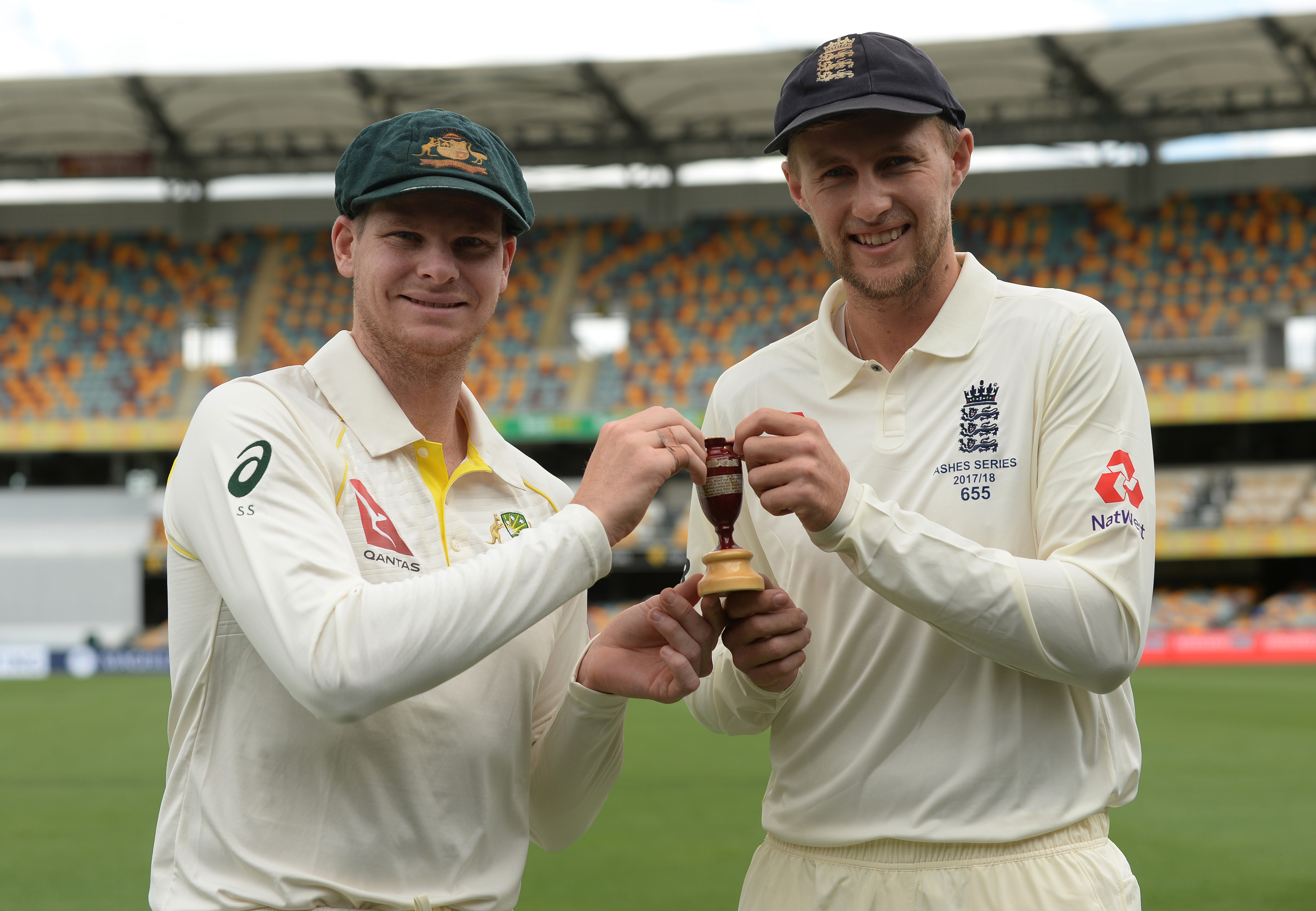Ashes 2017 | How England can tame the Australian beast Down Under
It was a warm afternoon on Day 3 of the Sydney Test in the 2013/14 Ashes series Down Under and the SCG had ‘turned pink’, celebrating another year of the McGrath Foundation. The home crowd had more reasons to celebrate as Australia completed a 5-0 whitewash over England, with the wicket of Rankin.

England
Note: The reason behind considering until the 2013 series is that a minimum of 4-5 current players in each of the teams have been a part of at least 2 out of the last 3 series. Moreover, since most of the players who were a part of the 2010/11 Ashes aren’t part of the current squad, there is not much relevance in including that data.
Batting

 ©
© There is the age-old saying that half the job is done if the top order performs well. So, it is quite natural to intuitively conclude that England’s top order performance would have been good in the 2 home series (2013 and 2015) which they won, but the data seems to suggest otherwise. The top order has been below average, to say the least, in all 3 series irrespective of the end result. As the top order hasn’t impacted England’s performance too much, they won’t be analyzed too much in depth.
So, the immediate question now would be as to whether the middle order has been one of the performance determining factors or not for England.

 ©
© One thing that is pretty clear from graphs 1 and 2 is that a consistently good middle order performance can increase a team’s chances of winning exponentially, irrespective of the top order’s performance. The middle and lower order can either rebuild the innings after early wickets or waste a good start by collapsing cheaply. So, the middle order has a more important role to play than the top order in general, more so for England here. With the middle order being identified as a crucial factor for the tourists’ success in the upcoming series, an in-depth analysis of the middle order would provide a much better insight into this aspect.

 ©
© The success of England’s middle order in 2013 and 2015 can be attributed to the fact that one of them would look to take on an anchor role and stabilize things and steer the team into a commanding position (Bell in 2013 and Root in 2015) with a big knock, while the others would play second fiddle and provide relatively smaller contributions. With a few cameos from the lower order, the team would eventually end up with a competitive total but the innings would effectively revolve around one person. With the current middle order lacking experience, Root would have to step up and play the anchor role if his team needs to fire in the batting department. The supporting knocks would be equally important too and the likes of Malan and Bairstow have impressed in the warm-ups in that regard.
Such effective stabilization, however, wasn’t to be seen in the 2013/14 series as only one batsman managed to average in the 30s. As much as this was due to some disciplined line and length bowling from Australia, the stroke-making by some players were questionable even players with the

 ©
© The success of England’s middle order in 2013 and 2015 was achieved in different ways though. In 2013, the middle order accumulated runs through classic Test match batting i.e. leaving everything outside off, blocking the straight ones and capitalizing on the bad balls, which were offered regularly. Their approach in 2015 was a bit different though, as they had a much more positive and counter-attacking mindset, even after early wickets went down. A delivery which would have been defended in 2013 would at least be pushed for a single in order to keep the run-rate going. This difference in approach has been reflected in their Strike Rates, but the stroke play had still been very sensible which was lacking in 2013/14.
Such a positive mindset would be required if they need to come up trumps against Australia in their backyard and the onus will be again on the skipper, Root to take his team forward in this aspect.
Bowling

 ©
© The English pace spearheads – Anderson and Broad – are different in their own way. While Anderson relies on swing and movement to get wickets, Broad uses his height to generate bounce which reaps him rich rewards. While both of them were equally good in 2013, the latter had outshone his partner-in-crime in the recent 2 series, more so in the series Down Under. In Australian conditions where there wasn't too much swing on offer and Anderson seemed toothless. Broad, however, was much more effective thanks to the bounce he is able to generate due to his high release. Going by this, in the coming series, Broad will be looked upon as the trump card more than Anderson and his bowling at the start of the innings is going to be pivotal, to say the least, for England’s chances.

 ©
© In 2013, Anderson, Broad, and Swann had contributed so much themselves that the services of other bowlers like Finn and Bresnan weren’t even required too often. The pacers were getting swing and movement and the pitches were offering a good amount of turn and bounce, which was enough for these 3 bowlers to have a party in the middle.

 ©
© Apart from Broad and Stokes, the other English bowlers weren’t close to being effective in the 2013/14 series. Since the pitches there weren’t conducive to swing or spin, it negated the threat posed by those two bowlers, which meant that the other bowlers needing to step up to the occasion but that was not to be. The consistency was poor as the pacers didn’t maintain the good lengths and off stump line too often. At times when they did bowl well and got early wickets, they erred way too often to the middle order and lost the plot. Such inconsistency from the pacers exerted a lot of pressure on the likes of Swann and Panesar to pick up wickets and hence, they ended up

 ©
© There is a big difference between the bowling performances in 2013/14 and 2015 was that all the bowlers chipped in equally and put on a perfect team effort. The reason for the good show by all the pacers, not only in 2015 but also in 2013, was that they just kept it simple. They were extremely consistent on the full and off-stump length, which fetched them their rewards.
Such teamwork and consistency from the English pacers would be required this time if they need to turn things around as Australia are not the place where a single bowler like Broad can win you games. The absence of Stokes and Finn might turn out to be body blows for England as they would be left with very limited first choice pacers. Owing to this, they might just struggle in this department despite Woakes’s good outings in the warm-up fixtures.
Fielding and Wicket-keeping
England, in the 2013/14 Ashes,
Post the analysis of England’s ‘Key Factors’, it can be noted that the bowling department might just be a worry for them owing to their casualties. Despite this, one can surely expect a much closer and exciting series than in 2013/14, after Australia’s surprising team selections for the first 2 Tests. Adding to this the first ever D/N Ashes Test, the expectations for the series are only increasing by the day and this will surely be another treat for cricket fans across the globe.
Predict TNPL Matches & Win Cash! Which city is the best?
Play & Win Today! Click here here to download Nostra Pro & get ₹40 Joining Bonus!
Predict Matches & Win Cash!! Play NostraGamus on Android - predict ANY Sport & win upto ₹10 Lakhs! Click here to Download & Get ₹40 Cash Bonus!

Comments
Sign up or log in to your account to leave comments and reactions
0 Comments